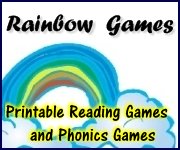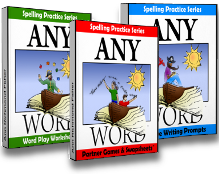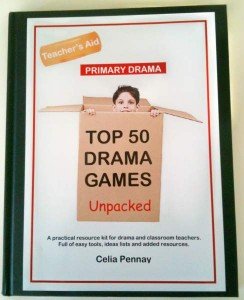Multiple Intelligence Lesson Plans
A Sample Plan for Writing Teachers
Multiple intelligence lesson plans are the perfect vehicles for engaging reluctant writers. By encountering concepts in a variety of ways, kids are inspired to be strong, creative authors.
As writing teachers, we can employ Howard Gardner's multiple intelligences theory by:
- developing desired talents in our students
- approaching writing lessons in a variety of ways
- personalizing instruction as we consider the natural gifts of our students
- Verbal-Linguistic: learn best by reading, writing, discussing, and debating. The classic writer!
- Math-Logic: learn best by working with patterns, relationships, and classifying and categorizing the abstract. Write an autobiography. Count and chart the different parts of speech used. What's the pattern of usage?
- Spatial: enjoy visuals and color and using the mind's eye. Photocopy pages of a story. Use differently colored highlighter pens to identify nouns, verbs, adjectives, adverbs, and pronouns.
- Bodily-Kinesthetic: learn best by touching and moving and processing knowledge through bodily senses. Create a PE game that teaches the parts of speech. Play it as a class.
- Musical: learn best through rhythm and melody. Write a song that teaches the parts of speech. Teach it to the class.
- Interpersonal: learn best through sharing and cooperating. Write group skits personifying the parts of speech and act them out.
- Intrapersonal: learn best through self-paced projects and having space for personal reflection. Have students keep a journal reflecting upon what they're learning throughout the unit.
- Naturalist: learn best through exploration of the natural world and living things. Identify the parts of speech in a specific science text selection.
- Existential: learn best through pondering those questions that have no clear answers. Make a case arguing for the most influential part of speech! Present your views to the class!
- Math-Logic: How can I include number sense and calculations?
- Spatial: How can I include visuals, color, graphs, and pictures?
- Intrapersonal: How can I include self-reflection and personal choice?
- Interpersonal: How can I include group work, sharing, and discussion?
- Bodily-Kinesthetic: How can I include movement, exercise, and drama?
- Musical: How can I include music, rhythm, sounds, and dance?
- Verbal-Linguistic: How can I include reading, writing, and speaking?
- Naturalist: How can I include the natural world and its experiences?
- Existential: How can I include reflection upon the deeper reasons of why we're learning what we're learning?
Use the following questions as you design your own multiple intelligence lesson plans:
By considering the preceeding questions as you create multiple intelligence lesson plans for creative writing activities, you'll be able to teach to the strengths of all your students. May your students' writing talents blossom, as you teach in the ways they learn best!
Return from Multiple Intelligence Lesson Plans to Creative Writing Activities
Return from Multiple Intelligence Lesson Plans to Creative Writing Ideas and Activities
Helping You Write Across the Curriculum!
copyright 2009-2013 www.creative-writing-ideas-and-activities.com
Our Most Popular Pages
5. Writing a Personal Narritive
10. Elements of Persuasive Writing
Recommeded Resources:
AnyWord(TM) Spelling Practice Series!
Worksheets, games and activities to use with any spelling words. Three volumes in all!
Stop Essay Pain!
LitWorks.com
Resources to help students prepare for literature examinations.
Teach Kids Drama!








